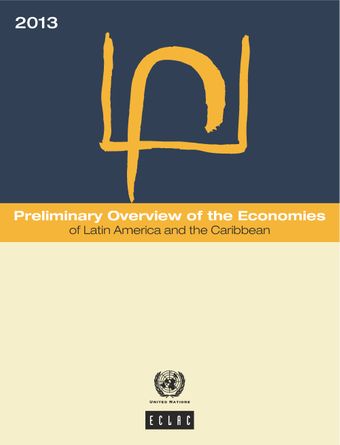The external sector

- Author: United Nations
- Main Title: Preliminary Overview of the Economies of Latin America and the Caribbean 2013 , pp 25-35
- Publication Date: July 2014
- DOI: https://doi.org/10.18356/8bba093f-en
- Language: English Spanish
Rising imports and stagnant exports in 2013, reflected in a narrower trade surplus, were the main but not the only explanation for the wider current account deficit for the region as a whole with respect to 2012 (see figure IV.1). As a proportion of GDP, the deficit widened from 1.8% in 2012 to 2.5% in 2013. The hydrocarbon-exporting economies posted a current account deficit (0.7%) for the first time in several years. The group formed by Central America (Costa Rica, El Salvador, Guatemala, Honduras, Nicaragua and Panama), Haiti and the Dominican Republic recorded the largest average deficit in the region (6.4%), though there were significant differences between the countries, with the deficit ranging from 16.2% in Panama to 3.0% in Haiti. That group was followed by the exporters of minerals and metals —Chile and Peru— with a deficit of 3.9% (Chile posted a deficit of 2.7% and Peru 5.4%).
© United Nations
ISBN (PDF):
9789210562430
Book DOI:
https://doi.org/10.18356/03ba8148-en
Related Subject(s):
Economic and Social Development
Sustainable Development Goals:
-
From This Site
/content/books/9789210562430c005dcterms_title,dcterms_subject,pub_keyword-contentType:Journal -contentType:Contributor -contentType:Concept -contentType:Institution105
/content/books/9789210562430c005
dcterms_title,dcterms_subject,pub_keyword
-contentType:Journal -contentType:Contributor -contentType:Concept -contentType:Institution
10
5

